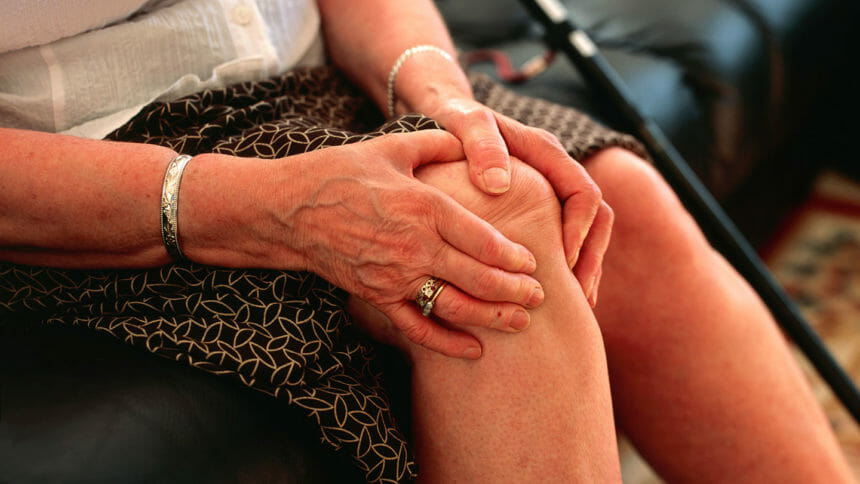
Certain nondrug therapies rank nearly as high as painkillers for effectively addressing chronic pain in nursing home residents, according to a new study. Clinicians should consider implementing these alternatives rather than relying solely on analgesic options, the researchers say.
Results come from a review and meta-analysis of 55 randomized and nonrandomized studies of nursing facility residents aged 60 years and older. Many (26) studies included nondrug alternative treatments. There were also three nonanalgesic treatment and two analgesic treatment studies, eight education interventions, seven system modifications and nine combined studies.
Drugs most effective
Most interventions were at least moderately effective in reducing pain, except for nonanalgesics and health system modification interventions, investigators found.
Analgesic painkillers, which include nonsteroidal anti-inflammatory drugs (NSAIDs) and opioids (narcotics), were the most effective treatments for addressing chronic pain for residents, Jennifer A. Knopp-Sihota, Ph.D., of Athabasca University in Canada, and colleagues reported.
Nondrug alternatives second best
Nondrug alternative treatments were next in line for overall treatment effect. Some were particularly useful, including acupressure and humor therapy. The latter is a type of therapy which uses humor to help relieve pain and stress and improve a person’s sense of well-being, according to the National Cancer Institute.
The other interventions studied were much less effective. Health system modification, education and nonanalgesic drug interventions may benefit certain populations, “but they should not be considered first-line or used alone,” the authors cautioned.
Pain is common in nursing home residents, but ideal pain control remains elusive in these patients despite advances in pain management, Knopp-Sihota and colleagues wrote. Analgesic drug interventions may be chosen based on nursing facility residents’ needs, but nondrug therapies should remain top of mind, they said. These options may also have the benefit of reducing polypharmacy risk, they added.
“Clinicians may consider implementing nondrug interventions in care home settings, rather than relying solely on analgesic drug options,” the authors concluded.
Full findings were published in JAMDA.
Related articles:
Most U.S. adults use non-opioids to treat chronic pain: study




